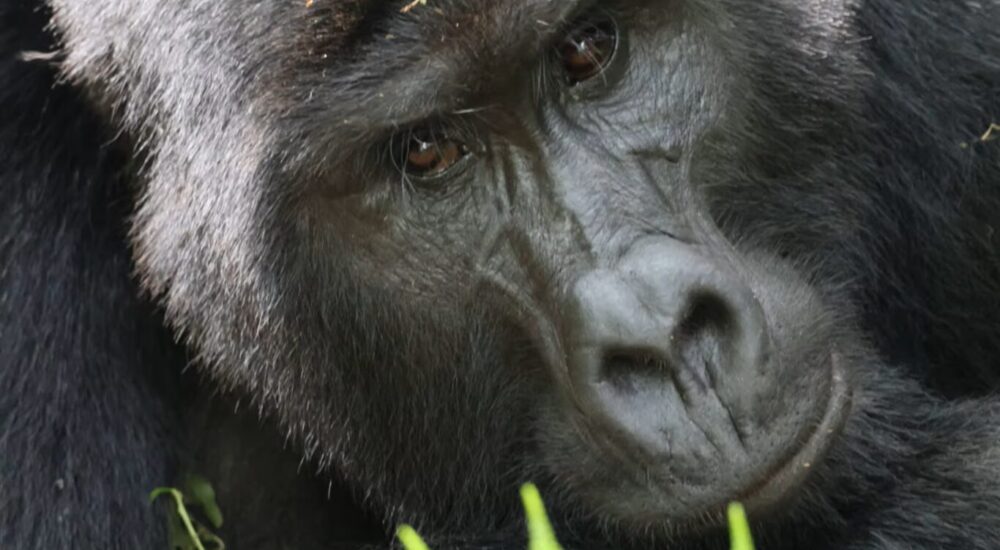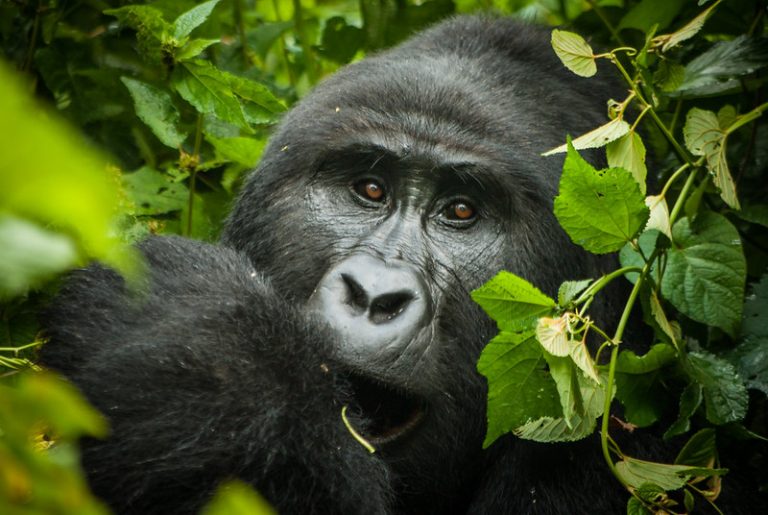What is Gorilla Trekking? Best Destinations for Family-Friendly Gorilla Trekking Preparing for Your Gorilla…
The whale-headed stork, also known as the African shoebill
The whale-headed stork, also known as the African shoebill
The African Shoebill (Balaeniceps rex), also known as the Shoe-billed stork or Whale-headed stork, looks more like something out of a comic book than a bird you’d encounter on an African safari. This unusual-looking bird, which dwells in the marshy marshes of Uganda, Rwanda, Western Tanzania, and Zambia, seems as if it stepped out of the dinosaur age.
The Shoebill stork is a rare and severely endangered species of bird. It is thought that there are less than 5,000 in the wild. The Shoebill is about 1.4 meters tall, with spindly blue-gray legs that complement its blue-gray feathers.
The shoebill has an advantage due to its broad, bulbous bill, which serves numerous roles.
It is nearly as long as it is broad on the inside, making it an excellent container for fish as well as water to douse its eggs or chicks with as needed.
There is very little known about this bird. Only in the late nineteenth century was the species formally documented for the first time. The Shoebill is secretive and reclusive. Individuals keep at least 20 meters apart while foraging and wandering through the marsh.
Only one chick born to a pair lives to adulthood, almost as if to emphasize their antisocial character. The Shoebill is so cruel that even the biggest girl will commit fratricide. The surviving chicks are essentially evicted from the nest after they have mastered the principles of survival from their mothers.
The Shoebill is a carnivorous bird that feeds on snakes, lungfish, catfish, and even tiny crocodiles. The morphology of the Shoebill is good for identifying prey in shallow waters.
A curving hook at the end of the Shoebill’s beak serves as a spear, always delivering a lethal hit. The Shoebill, with a life expectancy of 25 years, may be a menacing swamp figure.



